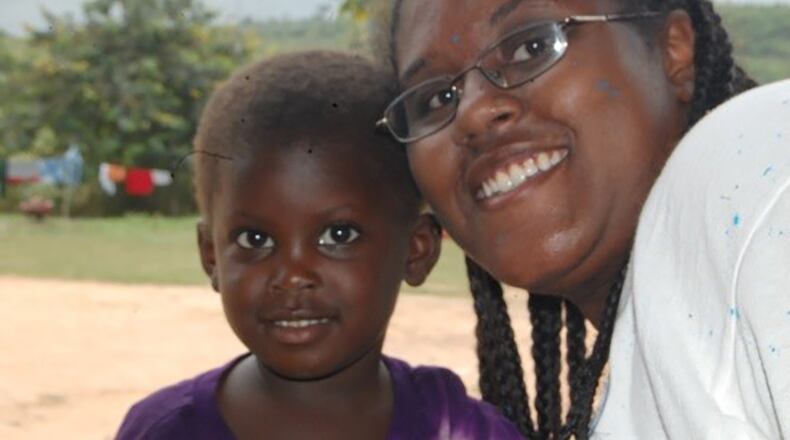Then in 1976, it became a month-long celebration, highlighting black men and women’s journey from slavery to freedom through Lincoln’s Emancipation Proclamation, which freed more than 3 million slaves.
A person can’t understand where they are going until they learn where they came from. ‘Freedmen’ still had to overcome segregation, fear of lynching, racist obstacles and roadblocks that attempted to hold them back and break their spirit.
According to an article in Culture Trip, Ghana’s Cape Coast, a gold rich country, was a hub of the slave trade for European and Western traders at the cape’s castle that housed the slaves prior to their transatlantic trips to America and Caribbean in the 1500s.
The article describes how the demand for slave labor turned human beings into a “commodity,” like gold and ivory, and many slaves died.
“Right up until the slave trade was gradually abolished by each of the colonial powers in the first half of the 1800s, but by [that] point, the irreversible and immeasurable damage was done … and an estimated 6 million slaves had been shipped to other countries, with 10 to 15 percent, dying during their transatlantic trip to the ‘New World,” the article noted.
To enlighten my daughter Breanna and allow her to touch a piece of her history, I sent her on a two-week trip to Ghana’s Cape Coast in August 2008. She, along with many other teens from around the world, stayed with host families, worked in an orphanage every day and realized the significant impact slavery had on the black culture.
She turned 16-years-old there and bonded quickly with many of the children at the orphanage.
“They were happy kids, even though they didn’t have much at all,” she said. “We would walk to the market holding hands, and they never complained.”
While there, Breanna and other volunteers learned important history lessons about the roots of slavery during a field trip to Cape Coast Castle. She saw and photographed the shackles that were used to chain slaves and an engraved plaque that read, “In Everlasting Memory of the anguish of our ancestors. May those who died rest in peace. May those who return find their roots. May humanity never again perpetrate such injustice against humanity. We, the living vow, to uphold this.”
No history book could have replaced the living history my daughter received when she touched the shackles, the plaque and the dirt ground in the slave castles where they were imprisoned prior to their transatlantic journey to America and Britain. The place from where her forefathers descended.
This enriching experience has inspired her to delve into a mission of her own through arts and poetry to bring hope to others and a hunger to succeed to a younger generation, continuing the legacy of Black History Month.
About the Author
